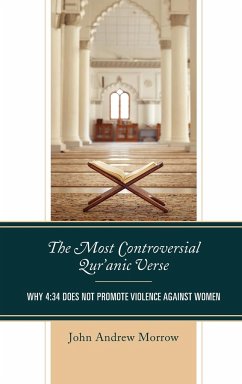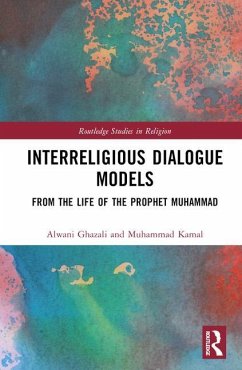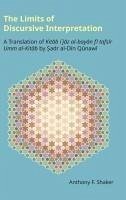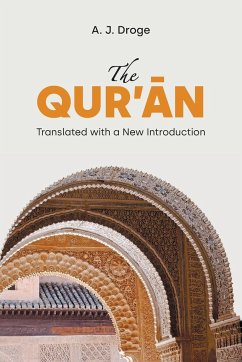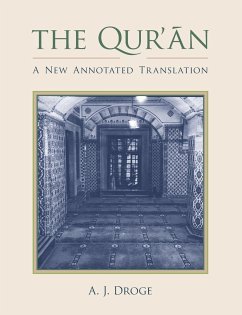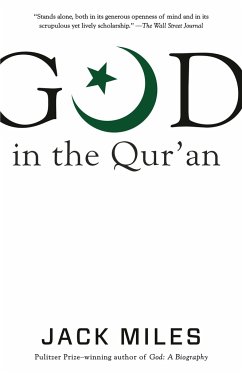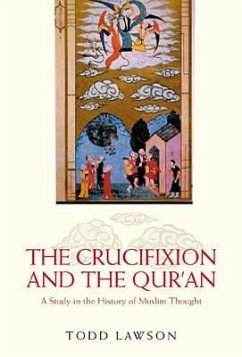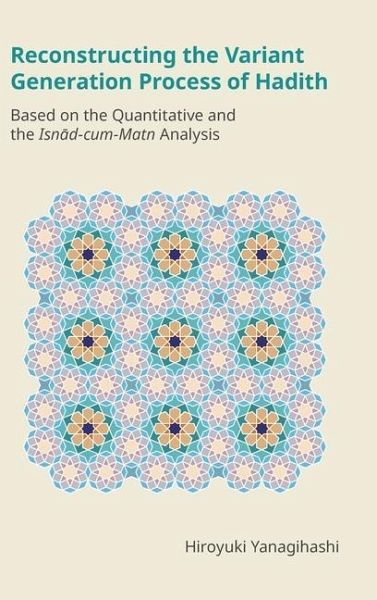
Reconstructing the Variant Generation Process of Hadith
Based on the Quantitative and the Isn¿d-cum-Matn Analysis
Versandkostenfrei!
Versandfertig in 1-2 Wochen
100,99 €
inkl. MwSt.

PAYBACK Punkte
50 °P sammeln!
Medieval authors seemingly did not devote many pages to the question of textual variation, certainly because they had little interest in the question of how individual hadiths were historically formed, yet contemporary researchers have shown interest in the issue of textual variation in hadith. They agree that many hadiths were reformulated since their initial circulation and aim to trace the process of reformulation with regard to individual hadiths. Methodologically, the most successful is the isn¿d-cum-matn analysis proposed by Harald Motzki and Gregor Schoeler. This method consists of det...
Medieval authors seemingly did not devote many pages to the question of textual variation, certainly because they had little interest in the question of how individual hadiths were historically formed, yet contemporary researchers have shown interest in the issue of textual variation in hadith. They agree that many hadiths were reformulated since their initial circulation and aim to trace the process of reformulation with regard to individual hadiths. Methodologically, the most successful is the isn¿d-cum-matn analysis proposed by Harald Motzki and Gregor Schoeler. This method consists of determining whether a correlation lies between the transmission process of a hadith, obtained from the analysis of isn¿ds (chains of transmission), and its textual development, obtained from the examination of its matn (text), sometimes complemented by biographical sources. However, despite the existence of many excellent studies based on this method, presenting the general pattern of variant generation with accuracy is far from being achieved. Reconstructing the Variant Generation Process of Hadith seeks to precisely reconstruct the process of variant generation by analyzing isn¿ds from various quantitative perspectives, in addition to using the isn¿d-cum-matn analysis.





